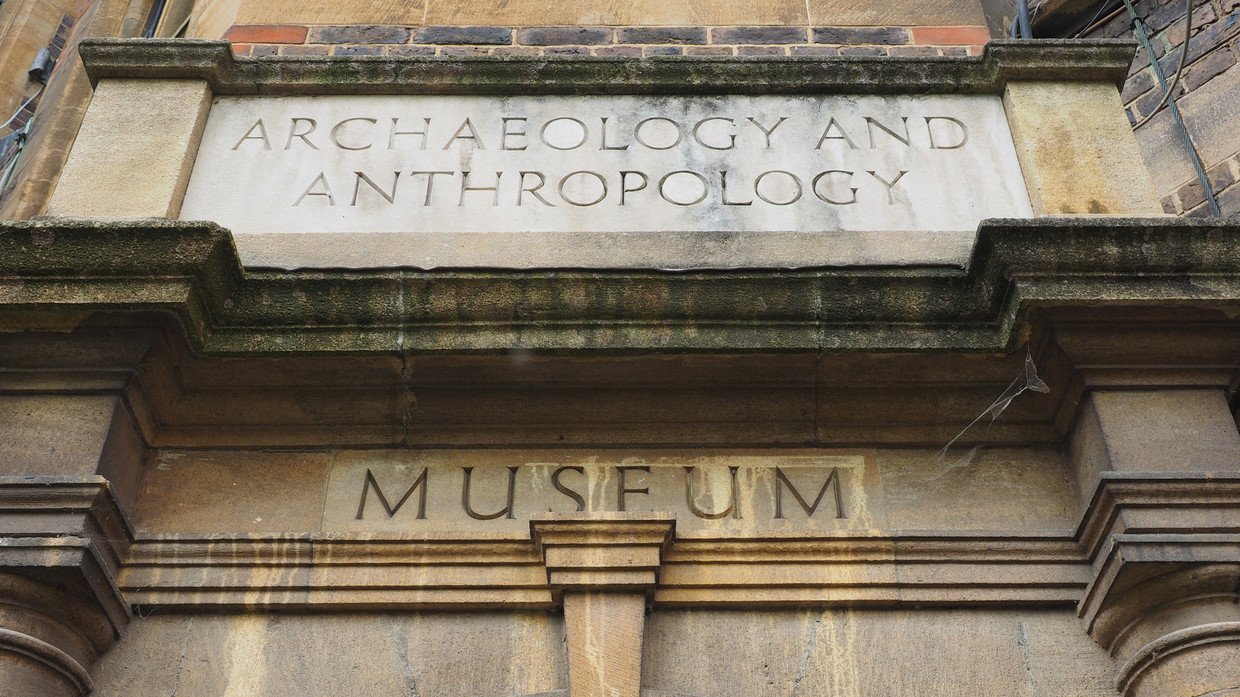A new anti-racism strategy at Cambridge University’s classical archaeology museum has been labelled “shameless pandering” after revealing that signs will be added to explain the “whiteness” of its Roman and Greek sculpture casts.
In an action plan published last month, the university’s classics faculty noted that the plaster casts on display in the museum and lecture rooms give the “misleading impression” of an “absence of diversity” in the ancient world. The faculty apparently decided to “turn the problem into an opportunity.”
According to the action plan, the faculty will provide “improved information” to “draw attention to the diversity figured in the casts,” and to “the ways in which colour has been lost and can be restored,” as well as to the “role of classical sculpture in the history of racism.”
Noting that students have been recruited to write “new labels and other materials,” the new information panels will go on display later this year. The plan also noted that discussion to this effect had begun in 2020.
It was reportedly drawn up in response to an open letter written last August, which called for “public acknowledgement of the problems of racism” within the classics department and highlighted the “need for active anti-racist work” within the discipline.
The open letter, signed by more than 200 students, alumni and some staff members, issued a number of demands, including “an acknowledgement of the existence of systemic racism within classics” and admitting “complicity in racist and white supremacist ideas” by teaching that Greek and Roman civilisations were the “foundation of a supposedly superior ‘Western Civilisation.’”
Announcing the action plan last month, the faculty had stated that the “idealisation of Greece and Rome, and the embedding of that idealisation in education, has featured significantly in the development of modern Western racism.”
Also on rt.com Cambridge academics slated by Brits for conference declaring Winston Churchill ‘WORSE THAN THE NAZIS’However, the Daily Telegraph reported that academics in the faculty have criticised the action plan – which also calls for the inclusion of “content warnings” and “review of language” in course lectures and reading materials – as being “unhinged.”
One unnamed staff member pointed out that opportunities to highlight the diversity of the museum’s 600 plaster casts of Roman and Greek statues “would be limited” – since they are largely depictions of Romans and Greeks.
It is so easy to laugh at this but in laughing it is easy to overlook how extraordinary it is that one of the finest humanities departments in the Western world is putting this stuff out with an official institutional stamp.
The majority of social media users agreed with that statement, with many accusing the university of “shameless pandering” and being on a “guilt trip,” while UK Independence Party founder and Eurosceptic scholar Alan Sked called it a “world-class joke.”
A number of commenters wondered whether the university would also have “signs explaining why bronzes are brown,” while others, including journalist Alistair Stewart, queried whether anyone who needed to have the “nature of marble and/or plaster of Paris” explained to them belonged in a museum or at the university.
While a rights group warned of the strategy’s effect on “controlling free speech,” some people defended the signage plan – reasoning that it was a safeguard against “potential accusations of racism from the faux-outrage crowd.”
If you like this story, share it with a friend!

